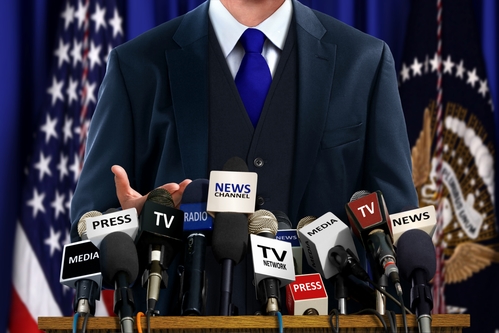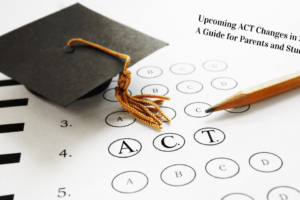
Using Political Campaigns to Teach Rhetoric

The presidential election will dominate the news in 2016. This makes the entire year a teaching opportunity. Teachers, tutors, and parents who provide social studies instruction will have heaps of current subject matter to use when creating and implementing lessons about the election process. Those teaching English language arts will have just as much to mine, for they’ll be able to use almost everything every candidate says to teach rhetoric.
Any middle or high school level English language arts program should include some amount of rhetoric instruction. Recognizing rhetoric is key to being able to read critically. Understanding how to use rhetoric is key to being able to write effectively. A student should be able to read this paragraph and identify the claim and support as well as any rhetorical devices (like repetition) used in it. One could argue that an ability to recognize and use rhetoric might be the most important outcome of an English language arts program.
With rhetoric being so important and the presidential election being so prominent, the opportunity the meld the two for instructional purposes seems perfect. Each election cycle presents this opportunity. Looking back at the 2008 presidential election, the team behind Barack Obama’s campaigned employed terrifically effective rhetoric that would be easy to demonstrate to students. The repeated use of the slogans “Change” and “Hope” presented motifs that couldn’t be refuted, as any new president would be a change and people always can have hope. Several of his speeches used negation to define who America is by stating who America is not. Simultaneously, these speeches applied emotional appeals to patriotism by referring to Americans as “we” and “us.”
Techniques such as these are laid bare for everyone to observe, but students will need guidance to identify them and realize when candidates are using them. A teacher can begin a unit on rhetoric by introducing terminology alongside examples from previous campaigns, such as Obama’s from 2008. From there, students can examine speeches by current candidates. The teacher might need to set up the first few examples by selecting specific pieces of rhetoric from specific speeches. This will be time consuming for the teacher, but it will save the students from digging through non-examples.
Finding the examples would require the teacher to comb through recent speeches by presidential candidates such as Hilary Clinton and Donald Trump. The teacher will need to be careful not to include examples that represent fallacies, unless teaching fallacies will be part of the unit. Examples of fallacies would include Clinton’s emotionally overstated ad hominem attack on Republicans in which she equated them with terrorists, or any of Trump’s slippery slope arguments about socialist policies making America “worse and worse.” More positive examples of genuine rhetoric would include Bernie’s Sanders using repetition or Ted Cruz using appeals to emotion in the speeches they used to announce their respective candidacies. Slogans such as Clinton’s “Hilary for America” or Trump’s “Make America Great Again!” would make for solid examples of the kinds of absolute statements candidates make.
After going through some guided examples, students could begin examining speech transcripts on their own. They could isolate and classify the rhetoric found in each speech. They might look for trends in the types of rhetorical devices specific candidates use, or even changes in their use of these devices throughout a campaign. A teacher might encourage students to identify any possible fallacies, assuming these have been taught. Discussing fallacies used by candidates could make for interesting classroom discussion.
To synthesize such a unit with a summative activity, students could design their own campaign slogans and speeches. The teacher could insist that students use particular rhetorical devices, assigning these at random or allowing the students to pick them. Students could attempt to identify the devices present in one another’s speeches. An additional challenge would be to assign them to write speeches from the point of view of particular candidates, challenging them to use the types of rhetoric typical of their speeches.
The 2016 presidential campaign will be one long teachable moment. Even the low points of the campaign will provide students with opportunities to learn about language. The candidates will teach students across the country how to employ rhetoric, either by example or counter-example. Now is the time for teachers to take advantage.
Written by Jeff Hartman



